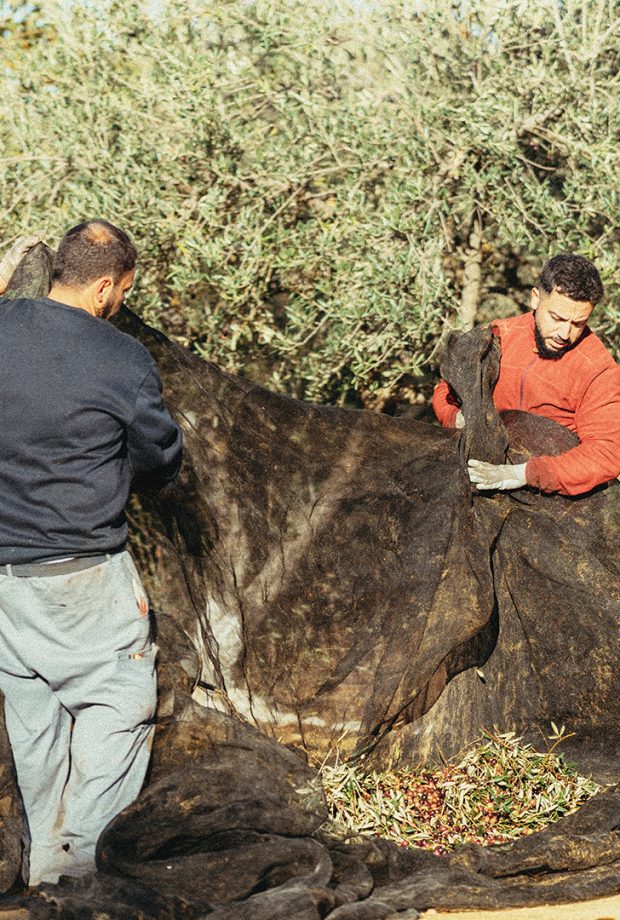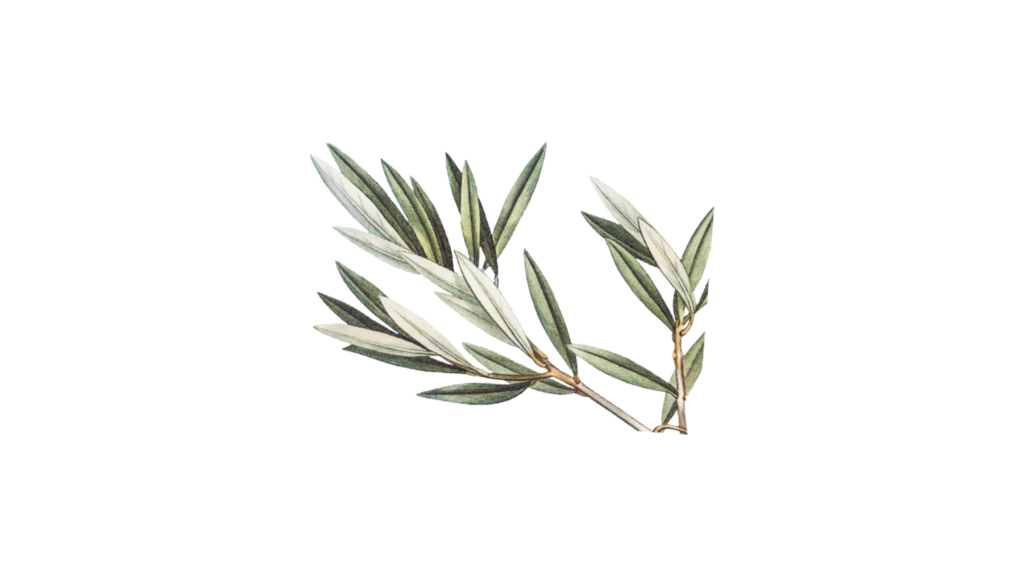Cretan Olive Oil
and its production process
Cretan olive oil has been and continues to be a pillar of the island’s economy since the days of Minoan Crete. It is a trademark of the Cretan and more broadly of the Mediterranean diet and is an attractive export product over time and regardless of conditions.
Determinant for achieving the best oiling result is the appropriate harvesting period of the olive fruit as well as the time of its transportation to the olive press. Harvesting is allowed to begin when the fruit has reached an ideal level of maturity with a healthy appearance, good size and color. The fruit is collected either by mechanical means or by hand and then the olives are placed in perforated plastic crates, through which they are transported directly to the olive press.

The production of olive oil and the steps leading to it has remained almost the same over the years, but it is evolving in terms of the technological means used.
First step: Cleaning the olives, removing the stems, leaves, branches and other debris from the olives. Olives must be washed with water to remove pesticides and dirt.
Second step: Grinding the olives and turning them into a paste. The purpose of grinding is to break the flesh of the cells and facilitate the release of the olive oil enzymes.
Third step: Fermentation of the fruit. Fermentation is the process of slowly stirring and mixing the ground olives, usually for 20 to 40 minutes. Mixing the oil dough allows the small oil droplets to become larger. The oleoresin can be heated or water added during this process to increase the yield, although this generally results in a decrease in the quality of the oil. The most common mixer is a horizontal trough with spiral mixing vanes. Longer mixing time increases the yield of the olive oil, but reduces the shelf life of the olive oil due to oxidation.
Fourth step: The separation of the oil from the remaining components of the olive. Presses are used for this process, but in modern times it is done by centrifugation. Some centrifuge systems are called three-phase because the oil, water, and solids are separated separately. Two-phase centrifugation systems separate the oil from the liquid oleoresin.
The olive oil is then left in tanks or barrels, where a final separation, if necessary, is done by gravity. This is called decanting the oil. After the olive oil has been produced, the necessary chemical analyzes and organoleptic measurements are made to ensure the high quality of the final product.
The olive oil is then divided into batches according to its variety and quality characteristics and placed in stainless steel tanks. The finished product is sealed, labeled and marked with the batch code it belongs to and the expiry date.

